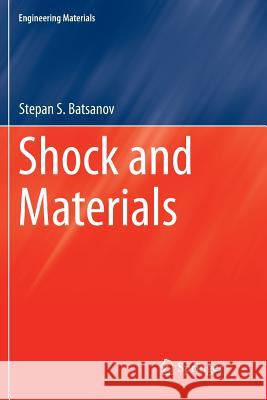Shock and Materials » książka
topmenu
Shock and Materials
ISBN-13: 9789811340178 / Angielski / Miękka / 2019 / 242 str.
Kategorie:
Kategorie BISAC:
Wydawca:
Springer
Język:
Angielski
ISBN-13:
9789811340178
Rok wydania:
2019
Wydanie:
Softcover Repri
Ilość stron:
242
Waga:
0.36 kg
Wymiary:
23.39 x 15.6 x 1.35
Oprawa:
Miękka
Wolumenów:
01
Dodatkowe informacje:
Wydanie ilustrowane











